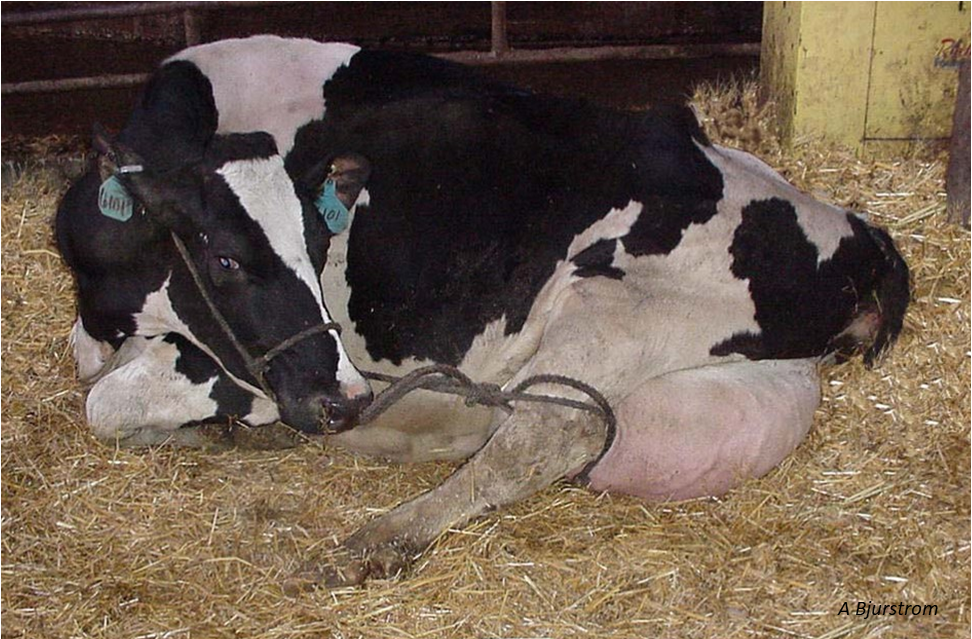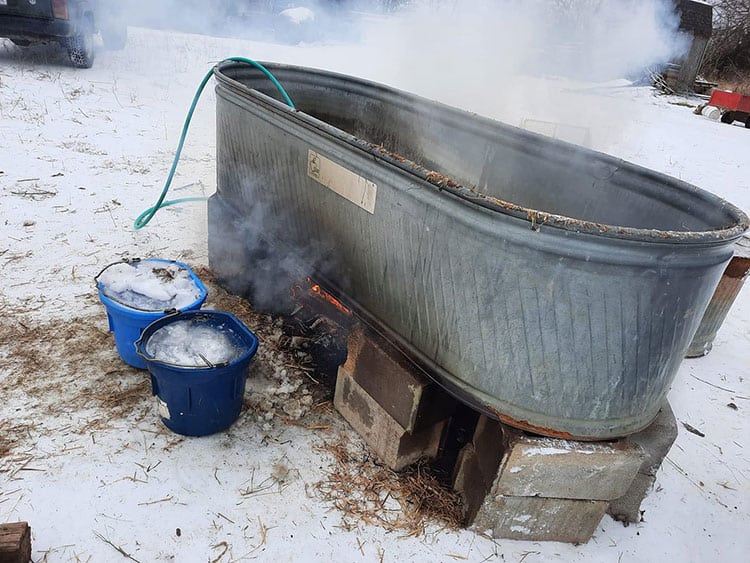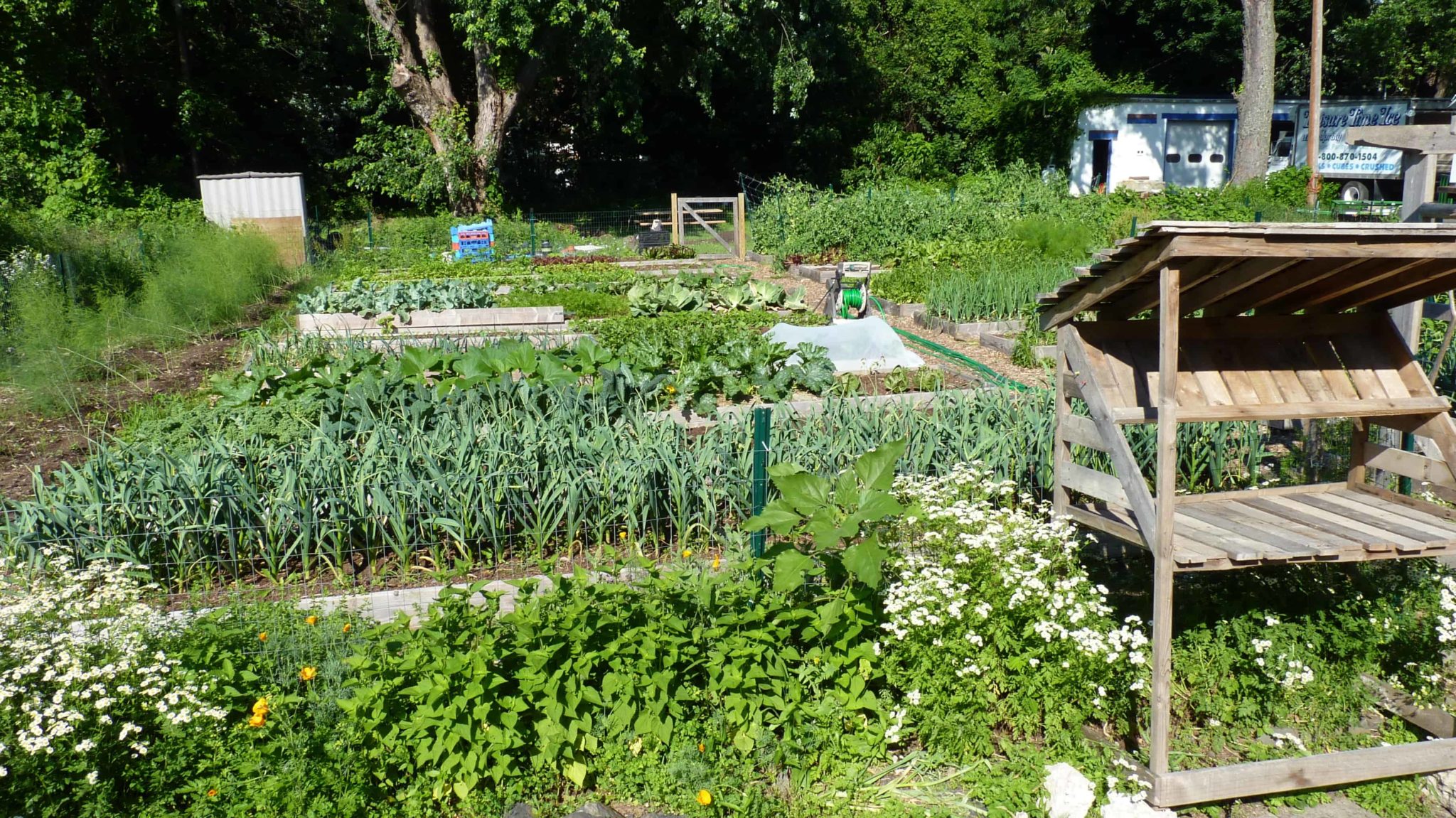Ultimate Guide: Ensuring Livestock Health with Heated Water Tanks
- Winterizing livestock watering systems is important to prevent freezing
- Insulating water tanks is one way to prevent freezing, options include storing the tank in an insulated structure or covering the tank with insulation materials
- Positioning water troughs close together creates "heat islands" that can prevent freezing and thaw frozen water
- Additional heat can be supplied using electric water de-icers or heated buckets
- De-icers can be placed at the base of the waterer or submerged in the water
- Propane powered heaters are an alternative for areas with limited access to electricity
- Heated buckets are a better solution for providing water to fewer animals
- Water circulators can be used to keep water moving and prevent freezing
- Automatic cattle waterers automatically fill with water from a pressurized line to prevent freezing



